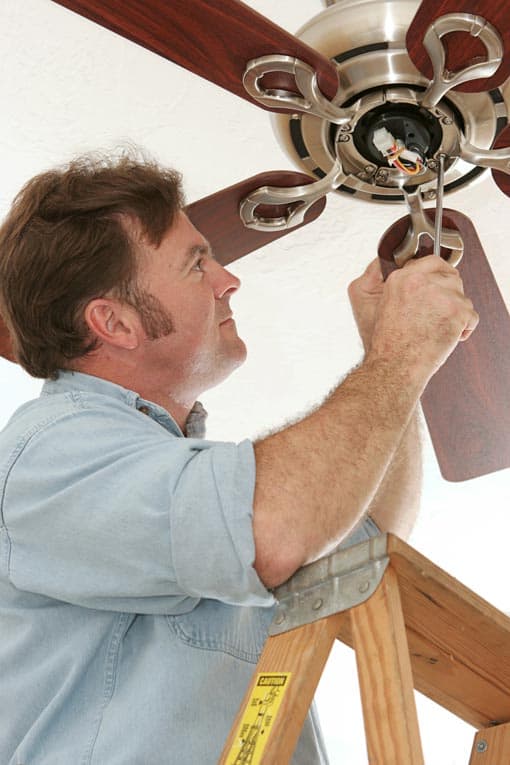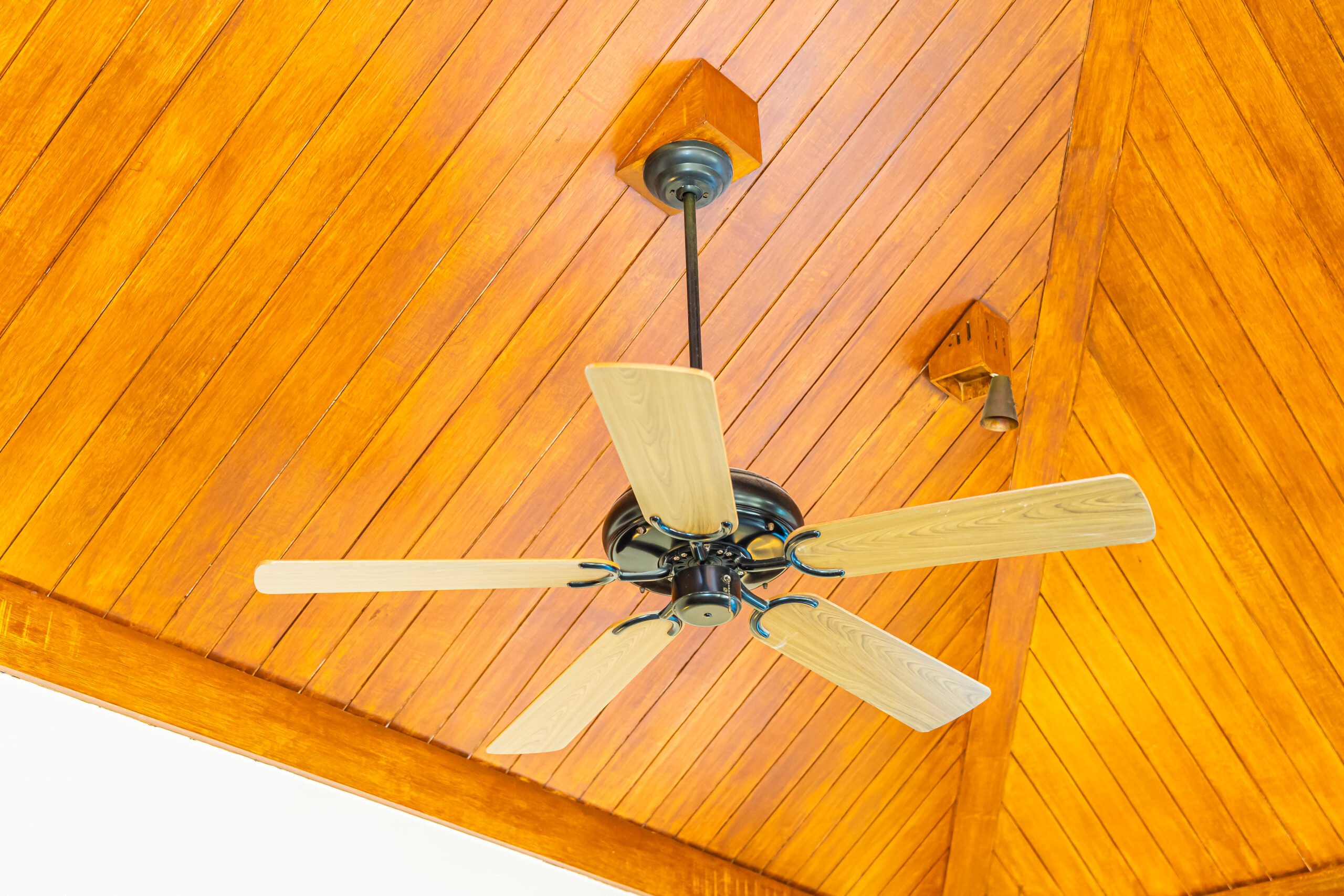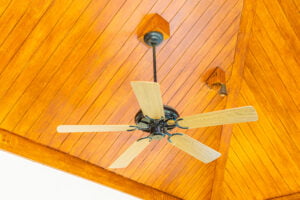Using a ceiling fan is one of the easiest ways to cool off our spaces. They have the advantage of moving a lot of air while consuming very little electricity, are simple to install, use, and are also light on the wallet.
You might have a question about why there is a capacitor in a ceiling fan and what is the role of a capacitor in it? In this blog we will learn about the basic types of fans , parts of a ceiling fan, the role of capacitors in it and what happens if you have a bad capacitor in your ceiling fan.
What are the basic types of fans?
- AC Fans: These fans are powered by the mains AC current. This is the category that most electric fans belong to (including the main product of this article, the Ceiling Fan).
- DC Fans : These fans run on DC supply, either a regulated DC Power Supply or a battery. We use DC Fans in computers and portable fans. They are rarely used as mainstream fans nowadays as AC power supply is available everywhere and AC fans are easy to make and use.
- AC/DC Fans : The AC/DC Fans are our last option; they can use both AC and DC power sources to operate. As a result, these fans are occasionally referred to as universal fans.
Parts of a ceiling fan.
Stator : The ceiling fan motor’s stator, which is the stationary component, has two windings: the Main Winding and the Auxiliary Winding. The stator is supported by a shaft or rod pipe.
Rotator : The blades and wings are attached to the rotor, which rotates in the ceiling fan. The motor’s rotor resembles a squirrel cage rotor with copper or aluminium bars (or windings).
Regulator : The ceiling fan might not need to be turned on at a single speed all the time. Using a regulator in this situation is beneficial. To control or set the speed of the ceiling fan, we can use a regulator. The ceiling fan motor is connected in series with earlier regulators, which are only variable resistors. At low fan speeds, the resistor wastes the energy as heat, therefore it is not conserved but instead wasted.
Capacitor : A ceiling fan is not self-starting because it is essentially a single-phase motor. We connect a capacitor in series with the auxiliary winding to automate (self-start) the motor.
What is the role of Capacitor in a ceiling fan?
We are aware that a ceiling fan cannot be started with a single phase AC power, so we are curious as to what sorcery these motors’ capacitors perform to enable self-starting.
An alternating flux can be split into two fluxes that rotate initially in the opposing direction, according to the double field rotating hypothesis. Let’s simplify the difficult situation by saying that a single phase induction motor can be started by connecting a capacitor and an auxiliary winding in series to it. Let’s examine its operation with the aid of a capacitor.
Due to the single phase AC supply in our houses, we only have one phase, whereas two phases are required to produce the rotational magnetomotive force (MMF) needed to start a single phase AC induction motor. Therefore, to start these kinds of motors, we need an additional phase. By connecting a capacitor in series with a ceiling fan motor’s starting wind, we may create the second phase.
A net force acts on the rotor as a result of one rotating magnetic field becoming stronger than the other, which causes the rotor to rotate.
So, it should be evident by now why a capacitor is necessary in the ceiling fan (to provide the initial torque and essentially make a single-phase motor self-starting).
What happens if you have a bad capacitor?
It is obvious that a capacitor is essential to a ceiling fan’s functionality. What happens, though, if the capacitor is broken? What symptoms indicate a faulty capacitor? How can a ceiling fan capacitor be repaired or changed? Let’s attempt to respond to each of these queries.
The ceiling will either entirely stop moving or start revolving at a very slow speed if the ceiling fan capacitor is destroyed. A broken capacitor cannot be fixed or repaired. The capacitor must be completely replaced if you want to do anything.
Capacity for ceiling fan capacitors ranges from 2 to 70 microfarads. For the correct value, check with the ceiling fan’s manufacturer, or better yet, climb a ladder and check the capacitor’s current value. Purchase a new capacitor.

To purchase the best capacitors in the market with the correct value in the range and long lasting with very less risk of damage , you must visit https://capcocapacitors.obladicreatives.com/products/fan-motor-capacitors/fan-capacitor/
Capco capacitors are self-healing, Environment-friendly, Heat and Humidity resistant which helps and improves the fans performance.





